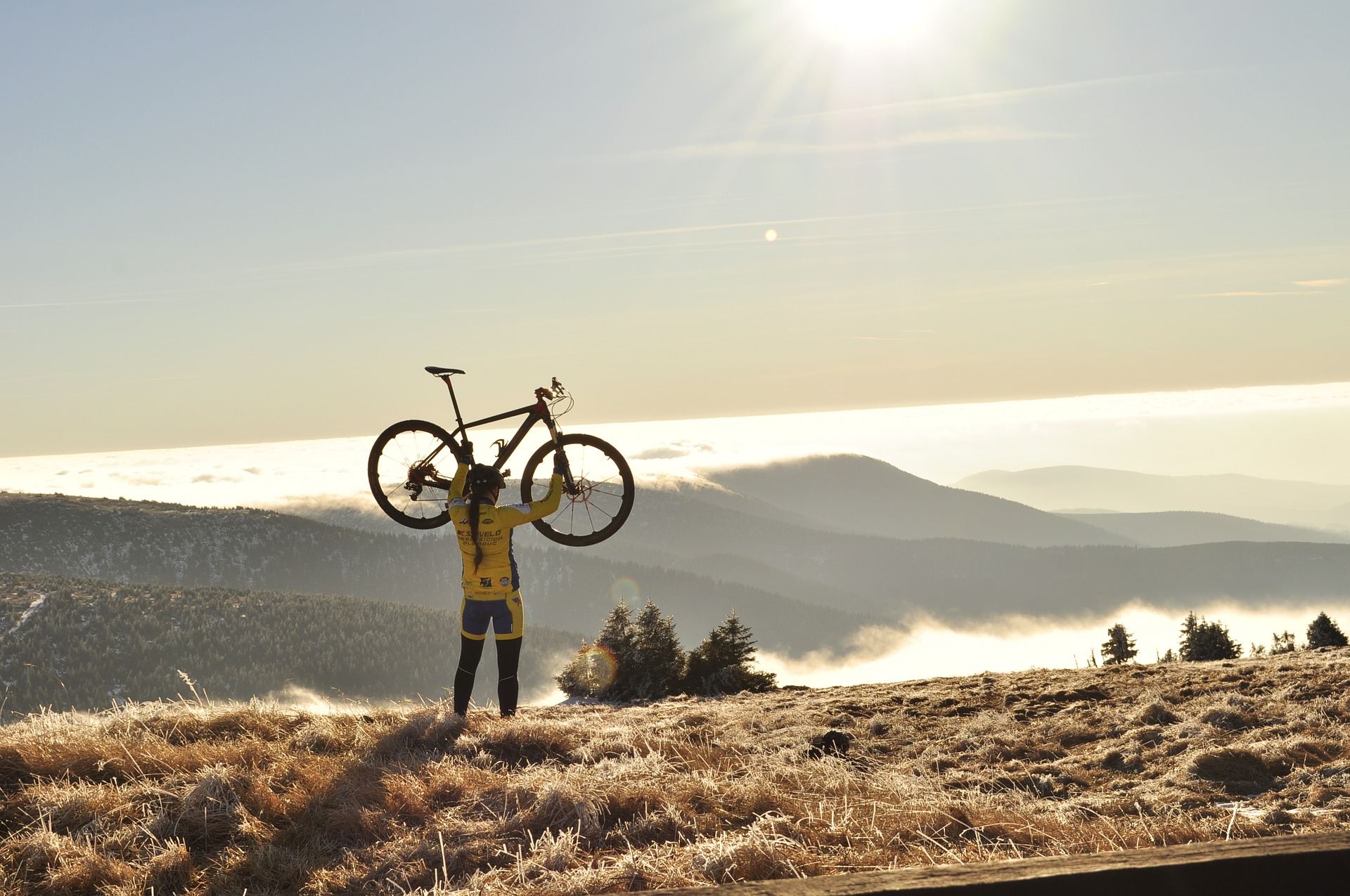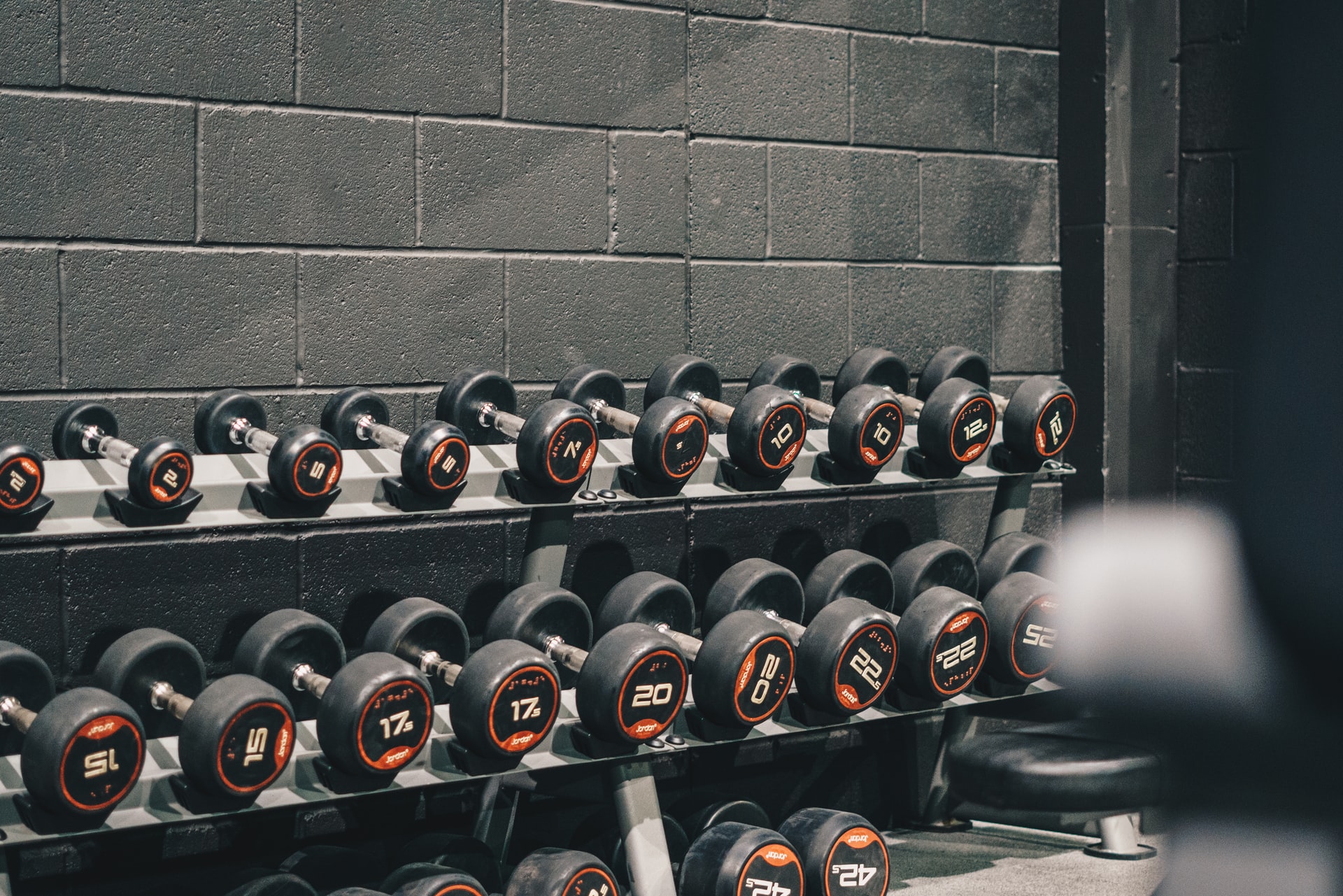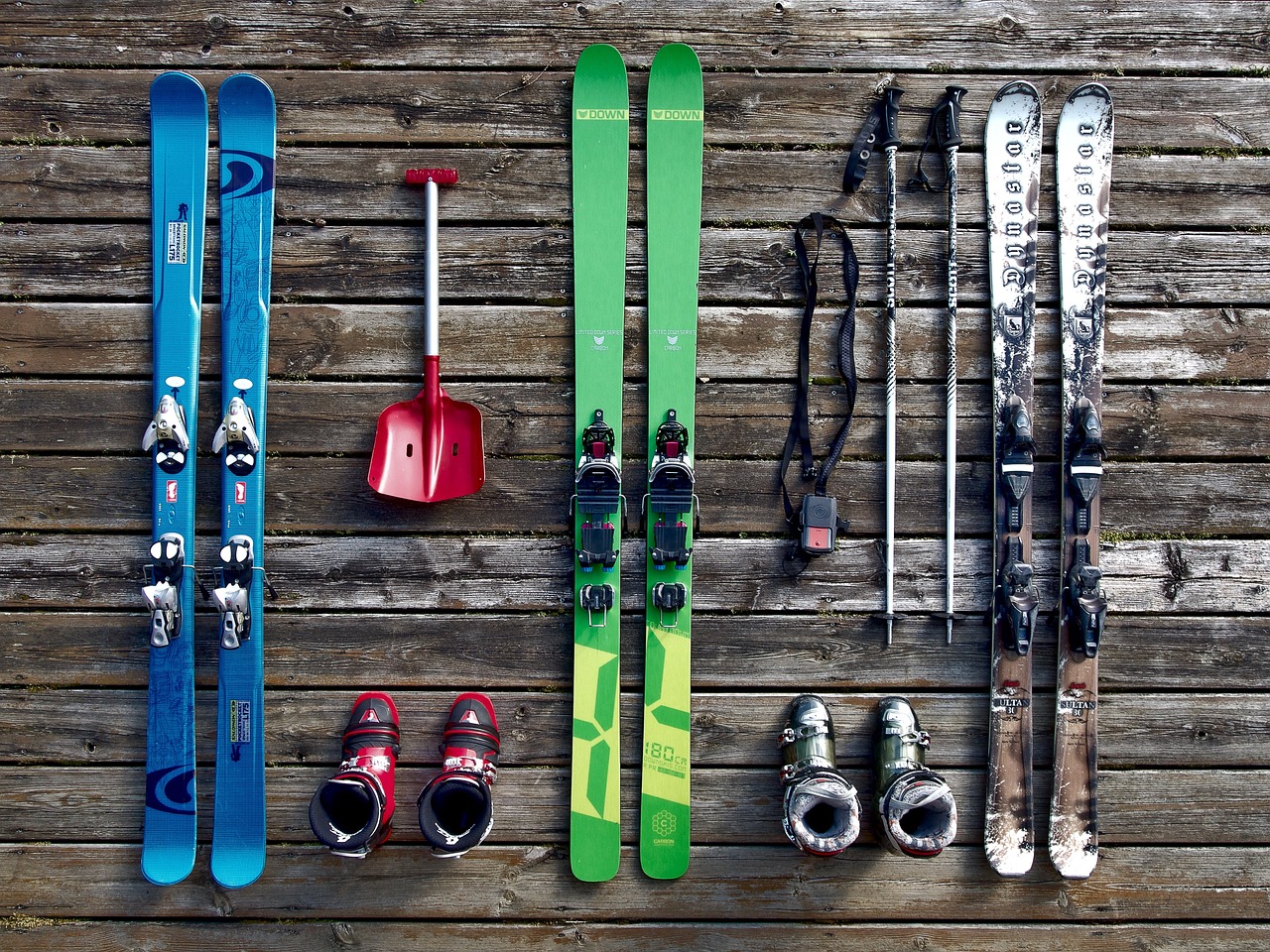It can be overwhelming to see the sheer variety of products available at a bike shop. What is a hydration bladder, you ask? What is a turbo trainer? Do mudguards really need to be there?
Many people ride happily in their regular clothes and sometimes with just a backpack.
There are many accessories for cyclists that will make riding safer, more enjoyable, and more fun. Some accessories are necessary, others are just nice to have.
Lock
You must lock your bike if you plan to leave it on the streets. You can’t get what you pay in this area, though good locks are expensive. However, the best locks will resist any power tools. So if you see a thief looking elsewhere, consider these options.
You can’t tell how good a lock is by simply looking at it. Sold Secure offers independent ratings of locks in gold, silver, and bronze. This can give you some assurance about the quality of your lock.
Many bike insurance policies require a Sold Secure-rated lock. You can read our guide to find the best bicycle insurance to help you ensure your bike(s).
A quality lock can be a great investment to prevent the hassle of returning home after a long day and the expense of buying a new bike. BikeRadar’s top-rated picks and more advice on buying a bike lock are available.
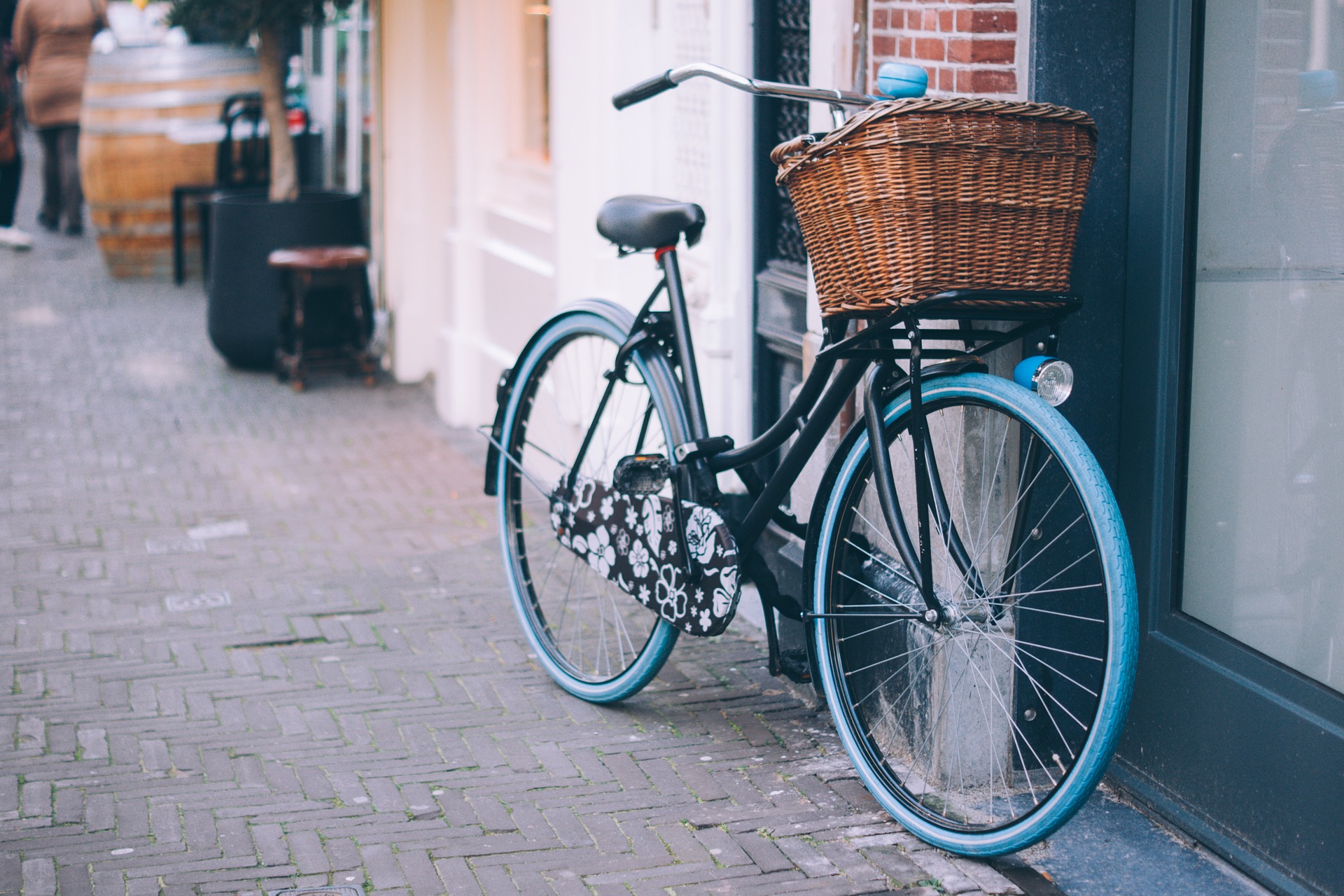 Luggage
Luggage
You have many choices when it comes to bicycle luggage. From a simple saddle bag to carry your essentials to a set of panniers and racks that can hold enough gear to cross the continents, there are many options. The type of riding that you do will determine which bag is best.
The saddlebag attaches to your saddle’s underside. It is usually compact and can carry any spares that you may need in case of an emergency.
Cycle World can be used to store a banknote or a credit card, for when you are unable to carry your wallet.
Consider a small, lightweight rucksack that has compression straps for stability. A courier-style shoulder bag is also a good option. Some brands also offer bicycle backpacks that have reflective details and attach points for lights.
- You can take your bag with you on the bike. However, they can cause you to sweat. Some people find the combination of a rucksack with the drop handlebars on a roadbike to be uncomfortable.
- The best option for longer rides is to let your bike carry the load. You can store your office supplies, shopping items and even weekend getaways in a rack or panniers.
- Bikepacking bags are great for those who ride off-road bikes or have no eyelets to mount a rack. They offer a lot of storage and allow you to load gear in different positions on the bike.
- You need to pack everything into the bag, but they are not ideal for large, bulky items.
Front and rear lights
- It’s essential if you are biking at night or you might get caught out after dark. Lights can serve two purposes: they make you visible and help illuminate the road.
- You will need only small, bright units to make other road users see you. They can also be combined with reflectors to enhance your visibility.
- You need something stronger to illuminate dark roads. Compact lights with incredible power have been possible thanks to the recent development of highly efficient and bright LEDs.
- Mountain biking requires high-powered lights, but they are also very useful for road riding along unlit roads.
- Light can produce thousands of lumens of daylight-like illumination. However, there are multiple settings that you can use to make it work on urban roads. This will save your battery life and not glare at other road users.
- You can find out more about our guides to the best bicycle lights for road cycling or commuting and our guides to mountain bike lights.
Pumps, spares, and tools
Scouts have a motto: “Be prepared.” Keep multi-tool, tire levers, and spare inner tubes in a small saddlebag so that they are always available. You don’t need a spare tube if it’s not possible to inflate it. Make sure you have a pump and CO2 inflator.
A full-sized pump can help you get your tires back to pressure quicker, but a miniature pump has the advantage that it is small and can be easily carried on your bike, in a bag, or in a jersey pocket.
A-frame pump can be a great addition to any road bike with a winter bike. You can find more information in our guide on how to choose a bike pump.
Multi-tools come in a variety of styles and prices. Some provide basic tools for simple adjustments like changing the height of your saddle or tightening loose bolts. Others are more capable of making major repairs.
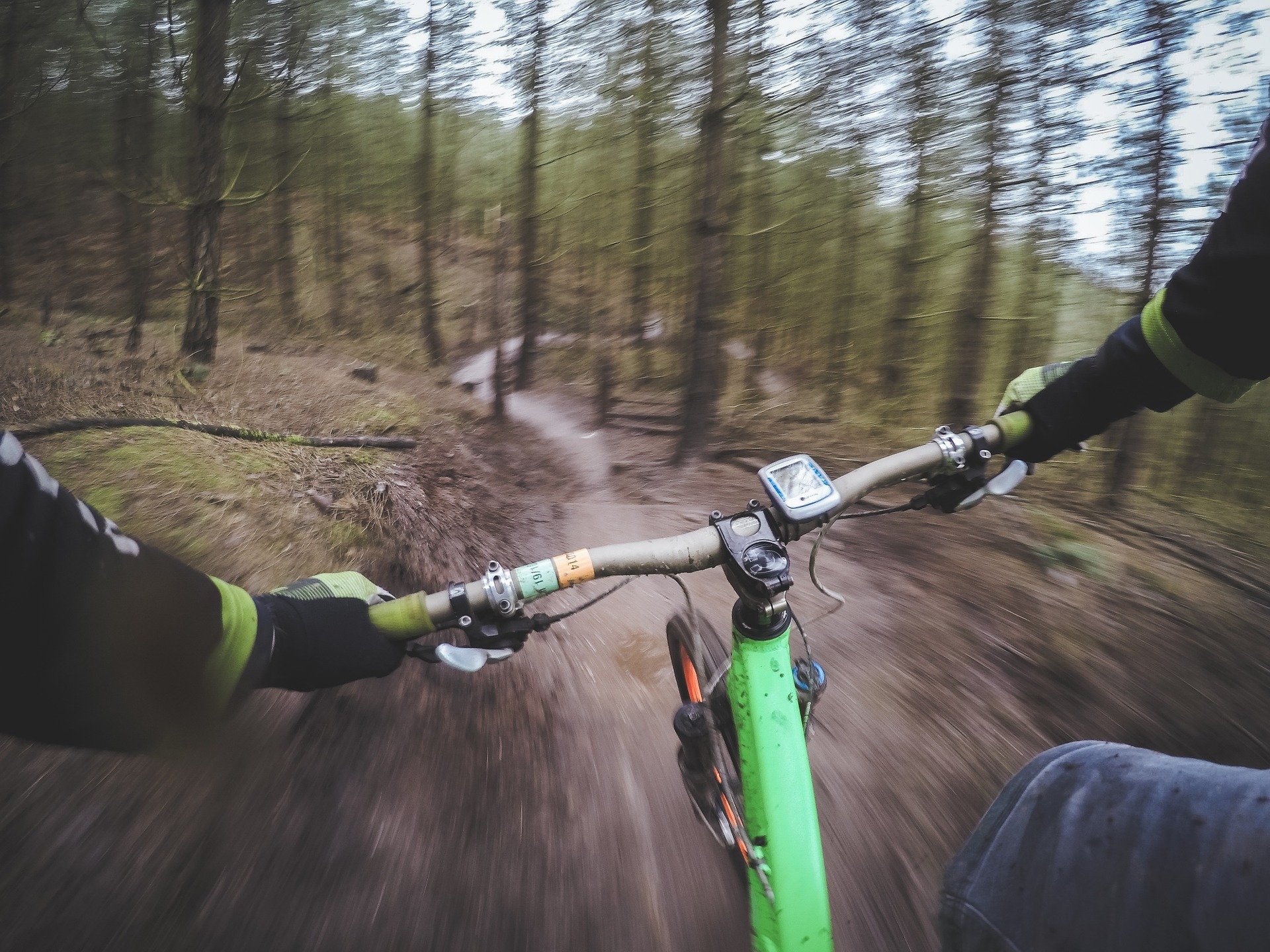 Mudguards/fenders
Mudguards/fenders
- If you live in a humid climate, mudguards (or fenders), are an essential component of any bike.
- They aren’t very common on bikes, and they don’t seem particularly racy or aspirational. However, mudguards can be useful if you plan to ride more than just on sunny days.
- It doesn’t matter if it stops raining; you’d be amazed at how wet your feet can get, especially if the roads remain damp.
- Mudguards not only keep you dry and warm but also protect your components and extend their life span.
- Many hybrid and entry-level road bikes come with mounts that allow for full-length protection. These mount directly to the bike and provide complete coverage at both the front and back.
- Clip-in mudguards can also be used to fit bikes without mountings. Although they come in a variety of styles, the most effective ones, like Crud Roadracers provide adequate protection.
- You can find more buying advice in our guide to the best Mudguards.
Bottle cage and bottle
You’ll need to keep hydrated if you ride a long distance.
There are a few choices, such as a backpack or pack with a hydration bladder. These are popular among mountain bikers. However, for road cycling and commutes, a simple water bottle along with a cage is sufficient.
A bottle cage can be attached to most bikes using the bosses on both the seat tube and down tube. This allows you to transport the liquid with ease and doesn’t burden your back.
It’s nice to have
Helmet
Are helmets essential? It all depends. It all depends.
You are unlikely to have a serious accident while riding around town. This is why helmets are not worn by everyday cyclists in most European cities and towns. Many people find wearing helmets reassuring.
- A quality helmet is an excellent addition for riding that involves a high risk of a collision with a vehicle other than a motor vehicle.
- A helmet must be correctly fitted and securely fastened to your head.
- We have guides on the best road and mountain bike helmets.
Bike clothing
It may seem odd to newcomers, particularly for those who aren’t super-athletes or low-body fat, but it’s extremely comfortable, especially for longer rides.
Good news for the bashful: you don’t need to wear Lycra head-to-foot. Mountain bikers wear loose-fitting shorts with padded liners and jerseys that aren’t too tight. These are comfortable enough to wear down to the pub after a ride.
We recommend that you learn Lycra if your goals are more sporty. These shorts are very flexible and can move with you. They also breathe well so that you don’t get too hot. Wash your cycling shorts after each use.
Waterproof jacket
- A cycling jacket must be worn in the riding position to keep out the rain. It should have a longer back than a regular jacket and extended arms so that it doesn’t ride up and expose your wrists.
- For obvious reasons, reflective and high-visibility colors are very popular. The best waterproof jackets have both waterproof and breathable properties so that you don’t feel like you are in a bag.
- Mountain bike jackets have a looser fit than jackets for road cycling and are made of a stronger material to resist snags.
Clipless pedals
- You can improve your road riding skills by purchasing pedals that are firmly attached to the bike.
- How to Use Clipless Pedals – You may be concerned about this, but it is possible to get used to being attached to your bike. It’s a right of passage
- Mountain bikers are more divided on flat vs clipless pedals. However, many riders still prefer the security of being clipped in.
- To avoid injury or discomfort, clipless pedals must be properly installed.
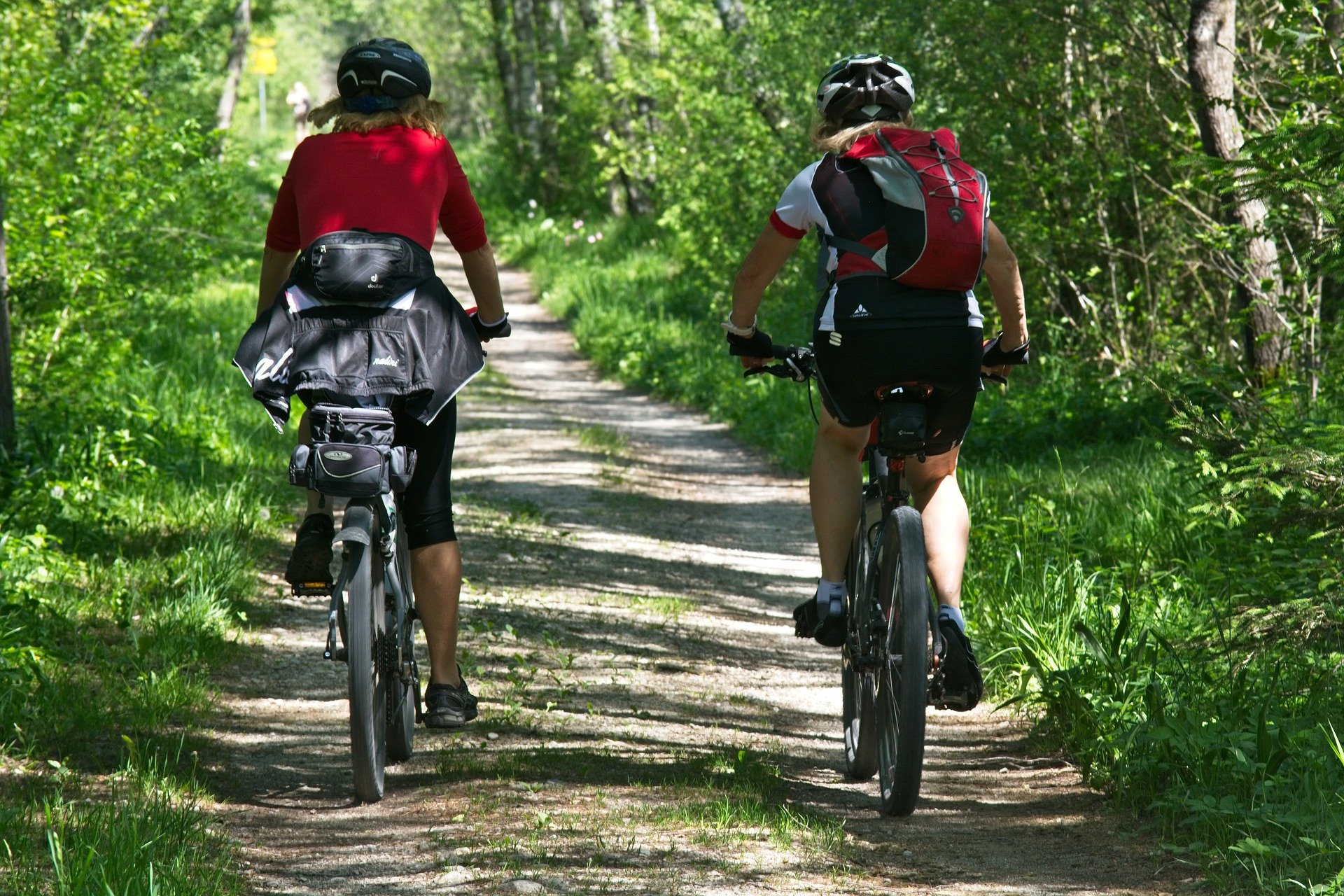 Cycling shoes
Cycling shoes
Shoes made for cycling have rigid soles that ensure your feet are not sore and don’t waste energy by flexing over the pedals.
Shoes with flat soles are available, but most shoes have threads that allow you to bolt on clipless pedals.
These threads are recessed in the sole of mountain bike shoes so that you can use regular pedals and walk in them. This is a great option, but road shoes leave the exposed cleat making it difficult to walk in.
Computer for bicycles
You want to see how fast and far you have traveled? What about your heart rate, or even a map showing your route?
Computers start at around a tenner, for the most basic models. But, you can spend hundreds of pounds, or even dollars, for the best bikes computers that have GPS functionality and more data than what you will ever need.
Eyewear
You don’t require cycling-specific sunglasses, making them almost an essential item.
It’s not just about protecting your eyes from sun and dirt, but also protecting your eyes from getting a fly, dirt, or grit in your eyes.
Look for glasses that provide as much coverage as you can and for interchangeable lenses. This allows you to adapt the lenses to your surroundings: clear for the night, dark for sunny days, and orange for overcast days.


